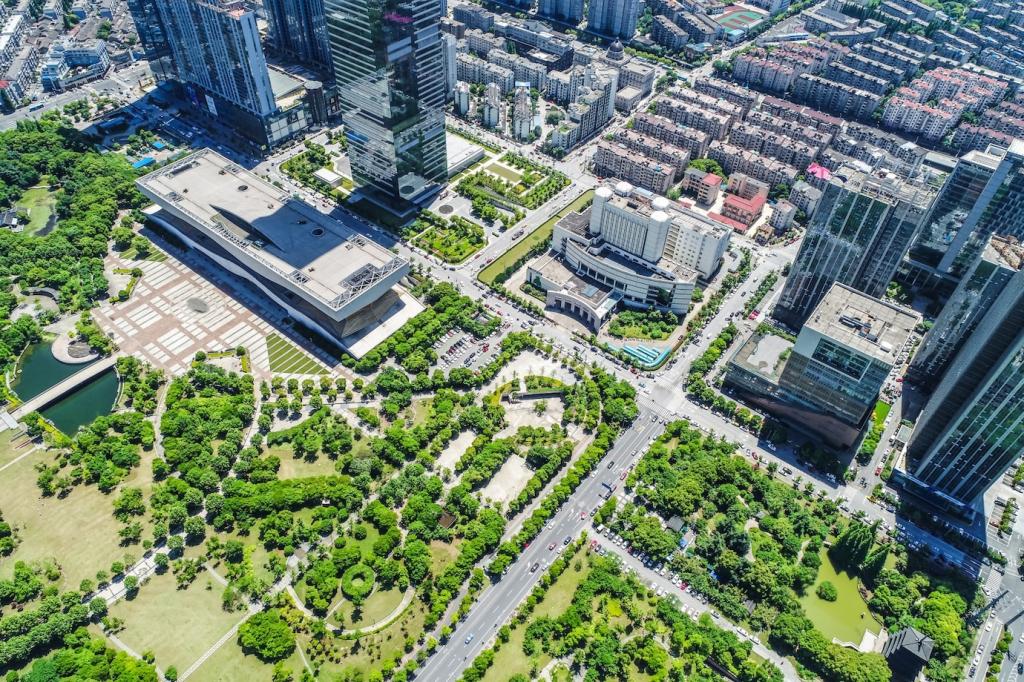This website uses cookies so that we can provide you with the best user experience possible. Cookie information is stored in your browser and performs functions such as recognising you when you return to our website and helping our team to understand which sections of the website you find most interesting and useful.
Integrating Green Energy Systems in Urban Areas
The transition towards sustainable urban environments is critically linked to the adoption and integration of green energy systems. As cities grow and urban populations expand, the environmental impact of conventional energy sources becomes more pronounced. Green energy systems, which include solar, wind, geothermal, and other renewable energy technologies, offer cities a pathway to reduce carbon emissions, enhance energy security, and cultivate healthier living spaces. Successfully integrating these technologies involves addressing unique urban challenges, fostering community engagement, and designing infrastructure that accommodates renewable sources. This web page explores the multifaceted journey of embedding green energy into the urban fabric, highlighting key challenges, transformative solutions, and the pivotal role cities play in shaping a sustainable future.
Urban Challenges Facing Green Energy Integration
Limited Space and Infrastructure Constraints
Regulatory and Policy Barriers
Ensuring Grid Stability and Reliability


Raising Awareness Through Outreach Campaigns

Supporting Renewable Energy Skills and Training


